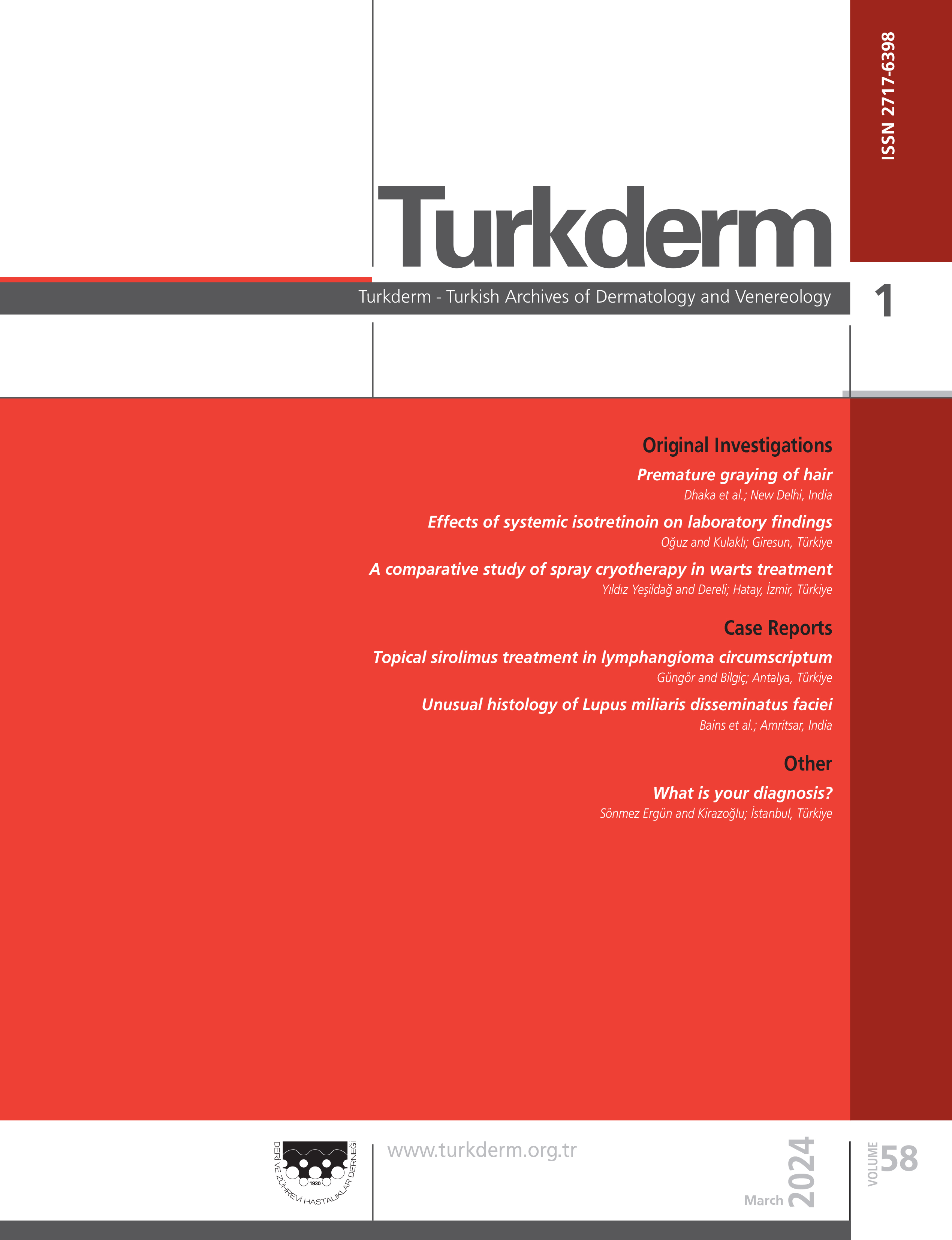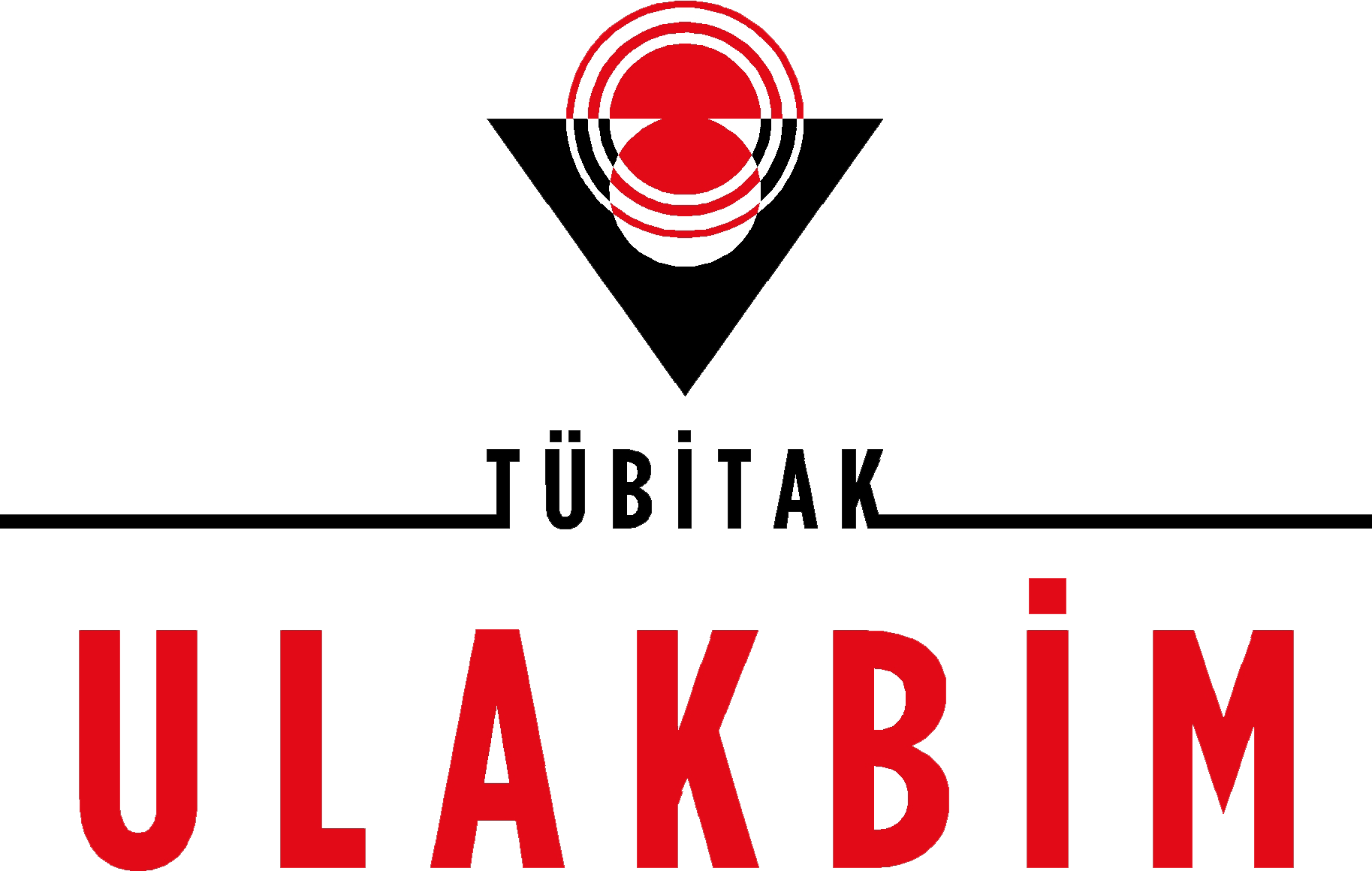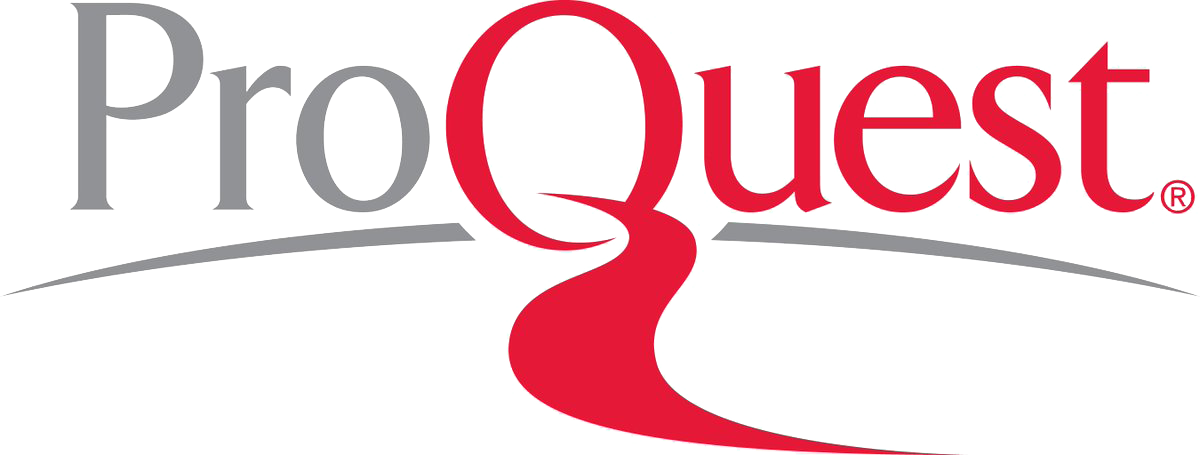Volume: 39 Issue: 2 - 2005
| EDITORIAL | |
| 1. | Sizlerle Hep Birlikte... Ertuğrul AydemirPages 86 - 87 Abstract | |
| REVIEW ARTICLE | |
| 2. | Pathophysiology, clinical presentation and management of pruritus Pages 88 - 97 Kaşıntı dermatolojide sık görülen bir semptomdur. Periferal ve merkezi kökenli olabilir. Ortaya çıkmasında birçok mediyatörün rol aldığı kaşıntı, lokalize, yaygın, kronik ve inatçı gibi farklı tiplerle kliniğe yansımaktadır. Kserozis, liken planus, skabies, atopik dermatit gibi birçok dermatolojik hastalığın ana belirtisi olan kaşıntı, üremi, kolestaz ve polisitemia rubra vera gibi bazı sistemik hastalıklarda da sık görülen bir bulgudur. Farklı hastalıklarda değişik etyolojilerle ortaya çıkması da kaşıntının tedavisinde birçok seçeneği beraberinde getirmektedir. Bu makalede kaşıntının etyopatogenezi, kliniği ve güncel tedavisi üzerinde durulmuştur. Pruritus is one of the most common symptoms in dermatology. Its origin may be peripheral or central. As there are many mediators involved in pruritus, it can be presented seen in with different clinical forms such as localized, generalized, chronic and intractable. It may be a major symptom of some dermatological diseases such as xerosis, lichen planus, scabies and atopic dermatitis and can also be diagnosed as a symptom of some systemic diseases such as uremia, cholestasis and polycythaemia rubra vera. Since it appears with different etiologies for variety of diseases, it needs different treatment methods. In this article etiopatogenesis, clinical presentations and new treatments of pruritus are reviewed. |
| ORIGINAL INVESTIGATION | |
| 3. | Drug induced pemphigoid Emel Fetil, Turna İlknur, Melda Ökmen, Hamiyet Demirkaya, Çiğdem Gökçe, Selcan Keşan, Mahmut Uzut, Şebnem Özkan, Ali Tahsin Güneş Pages 98 - 102 Pemfigoidi tetkikleyen çeşitli etmenler arasında ilaçlar önemli bir role sahiptir. Bu retrospektif çalışmada da pemfigoid hastalarımızda uyaran ilaç kullanımının yaygınlığının araştırılması amaçlanmıştır. Bu çalışmada konu ile ilgili kaynaklar incelenerek pemfigoidi uyardığı bildirilmiş ilaçların listesi oluşturulmuş, daha sonra kliniğimizde 1987-2004 yılları arasında yatarak sağaltım gören 22 pemfigoid olgusu tarafından kullanılan ilaçlar incelenmiş ve karşılaştırılmıştır. Bu olgular arasından 11inin (%50) pemfigoidi uyardığı bildirilmiş ilaçları kullandığı, 8inin (%36.36) pemfigoidi uyardığı bildirilmemiş olan ilaçları kullandığı, 3ünün ise (%13.64) herhangi bir ilaç kullanmadığı belirlenmiştir. Pemfigoid olgularımızın yarısında dermatozu uyardığı bildirilen ilaçların kullanıldığı belirlenmiş ve pemfigoid hastalarının bu ilaçlardan kaçınmalarının önemi belirtilmiştir. Background: Drugs have an important role among various triggering factors for pemphigoid. In this retrospective study, the frequency of provoking drug usage in our pemphigoid patients have been determined. Material and Method: A list of drugs that have been indicated as provoking pemphigoid was arranged. Then, drugs that have been used by 22 pemphigoid patients who were hospitalized in our clinic between years 1987-2004 were determined and they were compared. Results: Among these patients 11 patients (%50) used drugs that have been indicated as provoking pemphigoid, 8 patients (%36.36) used drugs that have not been indicated as provoking pemphigoid and 3 patients (%13.64) did not use any drug. Conclusion: The usage of provoking drugs for pemphigoid have been determined in half of our patients and the importance of avoiding provoking drug usage for pemphigoid patients was emphazised. |
| 4. | A randomized comparison of narrow-band UVB phototherapy and PUVA photochemotherapy in the management of plaque-type psoriasis Şehriyar Nazari, Güzin Özarmağan, Dilek Erzengin, Uğur Akar Pages 103 - 108 Psoriasis tedavisinde UVB (klasik ve dar bant) ve PUVA etkinlikleri kanıtlanmış fototerapi yöntemleridir. Son yıllarda, kullanımı giderek artan dar bant UVB (DB-UVB) tedavisinin, klasik UVBden daha etkili ve PUVAdan daha güvenli olduğu bildirilmektedir. Bu çalışmada psoriasis tedavisinde PUVA ve DB-UVBnin etkinliklerini karşılaştırmak amacıyla kronik yaygın plak tip psoriasisli toplam 32 hasta rastlantısal yöntemle PUVA ve DB-UVB gruplarına ayrıldı. Tüm hastalar için tedavi öncesi, 10. ve 20. seans sonunda kendi değerlendirmeleri ile tedavi öncesi, 10. ve 20. seans sonunda ve tedavi bittikten 6 ay ve 12 ay sonraki PASI skorları kaydedildi. 20.seans sonunda PUVA grubunda PASI iyileşme oranı %88,4, ve DB-UVB grubunda %88,9; hastaların kendi değerlendirmelerinde ise iyileşmede artış PUVA grubunda %34 ve DB-UVB grubunda %27.9 bulundu. İki grup arasında PASI iyileşme oranı ve hastaların değerlendirmesi ile iyileşmede artış oranları yönünden istatistiksel anlamlılık saptanmadı. Tedaviden 6 ay sonraki kontrolde her iki hasta grubunun PASI değerleri tedavi öncesi değerlerine göre anlamlı oranda düşüktü; ancak tedaviden 12 ay sonraki kontrolde PUVA grubunda PASI değerlerinde anlamlı farklılığın devam ettiği, DB-UVB grubunda bu değerlerde anlamlı fark bulunmadığı gözlendi. Psoriasis tedavisinde PUVA ve DB-UVBnin benzer etki yaptıkları, ancak PUVAnın DB-UVBye göre etkisinin daha uzun sürdüğü sonucuna varıldı. Background: The combination of oral methoxalen followed by UVA (PUVA) is an established therapy for psoriasis. Debate has focused on the risk of developing cutaneous carcinoma as a consequence of PUVA therapy. Successful results of studies of the response of psoriasis to UVB phototherapy have led to the development of the TL-01 fluorescent UVB lamp in which narrow-band UVB (311±2 nm) is emitted. Recently reports about safety and efficacy of narrow-band UVB comparison of wide-spectrum UVB and PUVA have increased. However there are few studies comparing the therapeutic effectiveness of PUVA and narrowband UVB. Objective: The purpose of this study was to compare affectivity of PUVA with narrow-band UVB phototherapy in psoriasis. Materials and Methods: We studied 32 patients with plaque-type psoriasis who were randomly allocated who were receiving thrice-weekly treatment with PUVA or narrow-band UVB. Results: Clearance of psoriasis at the end of 20th course of therapy was achieved in the patients treated with PUVA (88.4%) and with narrow-band UVB (88.9%) without statistically significant difference. 70.9% of those treated with PUVA were clear of psoriasis 6 months after completing treatment compared to 48.5% of narrow-band UVB treated patients(p<0.05). The remission rates 12 months after completing treatments were 53.0% for PUVA patients and 14.7% for narrow-band UVB cases (p<0.05). Conclusion: When given thrice weekly, both PUVA and narrow-band phototherapy are effective in clearing the lesions of plaque-type psoriasis, but affectivity of PUVA achieves a longer remission period compared with narrow-band UVB. |
| 5. | A comparison between the effects of calcipotriol lotion, momethasone furoate lotion and their combinations for the treatment of scalp psoriasis Hamiyet Yılmaz, Fatma Aydın, Nilgün Şentürk, Tayyar Cantürk, Ahmet Yaşar Turanlı Pages 109 - 114 Saçlı deri psoriazisi tedavisinde topikal kortikosteroidler ve kalsipotriol losyon en çok tercih edilen ajanlardır. Genellikle etkinliği arttırmak ve yan etkileri azaltmak için kombinasyon tedavileri kullanılmaktadır. Çalışmamı zda kalsipotriol losyon, mometazon furoat losyon ve her iki ajanın kombinasyonunun saçlı deri psoriazisindeki etki ve yan etkilerini karşılaştırmayı amaçladık. Hafif ve orta şiddetteki saçlı deri psoriazisi olan 45 hasta randomize olarak üç eşit gruba ayrıldı. Birinci gruba kalsipotriol losyon, ikinci gruba mometazon furoat losyon ve üçüncü gruba her iki losyon 4 hafta boyunca uygulattı rıldı. Çalışma sonunda, her üç grupta da yayılım skorları, kaşıntı skorları, toplam klinik belirti skorları ve psoriazis saçlı deri şiddet indeksi değerlerinde başlangıca göre azalma kaydedildi (p<0.05). Kombine grupta kalsipotriol grubuna göre daha az sayıda yan etki gözlendi. Sonuç olarak mometazon losyon ve kalsipotriol losyon saçlı deri psoriazisinde etkili olmakla birlikte, her iki ajan kombine olarak kullanıldığında, etkinliğinin daha fazla, yan etkilerinin ise daha az olduğu gözlenmiştir. Background: Topical corticosteroids and calcipotriol lotion are the most preferred agents for the treatment of scalp psoriasis. Since combination treatments increase effectiveness and decrease side effects, they are usually preferred for treatment of scalp psoriasis. The aim of our study was to compare the effectiveness and side effects of momethasone furoate lotion, calcipotriol lotion and combination of these two agents for the scalp psoriasis. Materials and Methods: Forty-five patients who had mild to moderate scalp psoriasis were randomly divided to three groups. Calcipotriol lotion for the first group, momethasone furoate lotion for the second group and combination of these two agents for the third group were used for four weeks. Results: At the end of the study extent score, itching score, total clinical sign score and psoriasis scalp severity index were found to be decreased in all of the groups (p<0.05). Less side effects were observed in the third group who used combination therapy compared to the calcipotriol group. Conclusion: Although momethasone furoate lotion and calcipotriol lotion were both effective for scalp psoriasis, combination of these agents was more effective and caused less side effects. |
| 6. | Our therapeutic approach to TEN: the retrospective evaluation of rotational and combination therapies Emel Bülbül Başkan, Şükran Tunalı, Serap Köran Karadoğan, Hayriye Sarıcaoğlu, Emel Yılmaz Pages 115 - 120 Toksik epidermal nekrolizis (TEN) sıklıkla ilaçlarla tetiklenen ve deride ani nekrozla karakterize şiddetli ve ilerleyici bir hastalıktır.Sıklıkla sistemik tutulum görülür ve yüksek mortaliteye sahiptir.TENin medikal tedavisinde standart bir tedavi rejimi bulunmamaktadır. Kliniğimizde 2000 yılından beri takip edilmiş olan toplam 8 TEN olgusunu retrospektif olarak değerlendirdik ve olguların demografik özelliklerini, klinik görünümlerini ve pulse steroid, Intravenöz immunoglobulinler (IVIg) ve plazmaferez ile kombine ve rotasyonal tedavilere cevaplarını sunduk. En sık saptanan sorumlu ilaç fenitoin olup takiben siproşoksasin ve salisilik asit bulundu. Olguların üçüne Overlap SJS-TEN, üçüne Spotlu TEN ve ikisine Spotsuz TEN tanısı konuldu.Hastalığın şiddetli seyrinden dolayı yüksek doz kortikosteroid ile tedavi gören 8 olgunun beşinde tedaviye IVIg (0.6-0.7 g/kg/g 5 gün boyunca) eklendi. IVIg alan beş olgunun üçüne plazmaferez de uygulandı. Kombine tedavi gören beş olgunun hepsinde antibiyotiklerle kontrol altına alınabilen sepsis tablosu gelişti. Sonuç olarak, uyguladığımız tedavi rejimleri ile dekompanse renal yetmezliği olan bir olgu dışındaki tüm TEN olgularının iyileşmesi, kortikosteroid, IVIg ve plazmaferezle kombine ve rotasyonal tedavilerin etkinliğini göstermektedir. Bu tedavilerin deneyimli bir ekip tarafından multidisipliner bir yaklaşımla uygulanmasını öneriyoruz. Background and design: Toxic epidermal necrolysis (TEN) is a severe, progressive disease most commonly induced by drugs and characterized by the sudden onset of skin necrolysis. It is frequently associated with systemic involvement and has a high mortality. No standard therapeutic regimen exists for the medical therapy of TEN. Material and Methods: We retrospectively evaluated a total of 8 TEN cases followed up by our department since 2000 and documented the demographic features, clinical presentation of these cases and their response to combination and rotational therapies with pulse steroids, IVIgs and plasmapheresis. Results: The most frequently culprit drug was found to be phenytoin followed by ciprofloxaciline and salicilic acid. Three of the cases were diagnosed as Overlap SJS-TEN, three as TEN with spots and two as TEN without spots. The therapy of five of 8 patients treated with high doses of corticosteroids were combined with IVIgs (0.6-0.7 g/kg/d for 5 days) due to the aggressive course of disease. Plasmapheresis was also performed to three of five cases who received IVIgs. All five cases who receieved the combined immunsuppressive drugs developed sepsis that was effectively controlled with antibiotics. Conclusion: In conclusion, the survival of all TEN patients except one with decompansated renal failure with these therapeutic regimens provides evidence for the efficacy of combined and rotational therapies of corticosteroids, IVIgs and plasmapheresis. We recommend that these therapies should be administered by an experienced team with a multidisciplinary approach. |
| TURKDERM-9860 | |
| 7. | Idiopatic hypereosinophilic syndrome Pages 124 - 127 Yirmibir yaşındaki bayan hasta, periferik kanda uzun süreli eozinofilisi, deri ve kemik iliği biyopsilerinde eozinofilik infiltrasyon saptanması, kaşıntılı deri döküntüleri nedeniyle idiopatik hipereozinofilik sendrom (HES) tanısı almış ve nadir görülen bir hastalık olması nedeniyle sunulmuştur. Hypereosinophilic syndrome is characterized by persistent hypereosinophilia and signs or symptoms due to organ involvement, specially heart, nervous system and skin. We present the case of a 21- year- old girl who was diagnosed as hypereosinophilic syndrom (HES) because of unexplained hypereosinophilia persisting for more than 6 months, eosinophilic infiltration in skin and bone marrow biopsies, so that it is rarely seen. |
| 8. | A case of nevoid hyperkeratosis of the nipple and areola succesfully treated with topical calcipotriol Dilek Peker, Ayten Ferahbaş, Murat Borlu, Serap Utaş, Olgun Kontaş Pages 130 - 133 Meme başının nevoid hiperkeratozu, meme başı ya da areolanın koyu pigmentasyonu ve verrüköz kalınlaşmasıyla karakterize, nadir görülen bir durumdur. Histopatolojisinde hiperkeratozla birlikte, akantotik ve papillomatoz epidermis görülür. Nevoid hiperkeratozun tedavisinde çeşitli tedaviler kullanılmıştır. Burada, klinik ve histopatolojik olarak nevoid hiperkeratoz tanısı alan ve topikal kalsipotriol tedavisinin başarılı olduğu bir olgu sunulmaktadır. Nevoid hyperkeratosis of the nipple and areola, which is characterized by verrrucous thickening and pigmentation of the nipple or areola, is a rare condition. Histopathologic examination showed hyperkeratosis, acanthosis and papillomatosis. Increasing number of therapeutic agents has been used in nevoid hyperkeratosis of the nipple and areola. We present a patient with nevoid hyperkeratosis of the nipple and areola, who have been diagnosed on the basis clinical and histopatological findings and treated successfully with topical calcipotriol. |
| 9. | IVIG therapy in TEN: two case reports Gülşen Tükenmez, A. Tülin Mansur, Derya Tütüncü, Zehra Aşiran Serdar, İkbal Esen Aydıngöz Pages 136 - 141 Toksik epidermal nekroliz (TEN), akut başlayan ve hızla ilerleyerek yaygın epidermis nekrozuna yol açan, sıklıkla ilaca bağlı olarak gelişen bir deri ve mukoza hastalığıdır. Nadir görülen bir hastalık olmasına karşın mortalitesinin %30-60a kadar varabilmesi nedeniyle önem taşır. Tedavide ilacın kesilmesi ve konservatif yaklaşım çoğu kez yeterli olmadığından, çeşitli ilaçlarla mortaliteyi azaltmaya yönelik çalışmalar sürmektedir. Son zamanlarda intravenöz immünglobulin (İVİG) tedavisi ile oldukça başarılı sonuçlar elde edilmesi dikkat çekmektedir. Burada, İVİGin kullanıldığı 2 TEN olgusu bildirilmektedir. Birinci olgu bilateral temporal arterit nedeniyle yüksek doz kortikosteroid tedavisi gören ve alprazolam aldıktan sonra deri döküntüleriyle kliniğimize başvuran 68 yaşında bir erkek hastadır. Eritema multiforme şeklinde başlayan lezyonlar kısa süre içinde TENe ilerlemiş, yanık ünitesi koşulları olmaksızın, steril pansumanlar, sistemik antibiyoterapi ve İVİG tedavisi ile başarılı bir yanıt alınmıştır. Diğer olgu ise sefuroksim aksetil ve metamizol tedavisi sonrasında TEN gelişen 31 yaşında bir kadın hastadır. Hasta yine aynı koşullarda antibiyotik ve İVİG tedavisine alınmış, epitelizasyonun hızla gelişmesine karşın, solunum yetmezliği ve Klebsiella pneumoniae sepsisi nedeniyle kaybedilmiştir. Toxic epidermal necrolysis (TEN) is an acute, rapidly progressive skin and mucous membrane disease, which is characterized by epidermal necrosis and is often induced by drugs. Although it is a rare disease, it has a great importance because of its high mortality rate of 30%-60%. In the treatment of the disease, removing the causative agents and making a conservative approach usually fail, so the studies with various drugs to reduce the mortality rate are continuing. Recently, intravenous immunoglobulins (IVIG) have been used in the treatment of TEN with successful outcomes. Here is reported two cases of TEN treated with IVIG. The first case was a 68-year- old man with a widespread skin eruption which developed after taking alprazolam while he had been under high dose corticosteroid therapy for bilateral temporal arteritis. The eruption started as erythema multiforme lesions and soon after, progressed to TEN. He was treated successfully with IVIG, systemic antibiotics and sterile dressings without providing burn unit conditions. The second case was a 31-year-old woman who developed TEN after taking cefuroxime axetil and metamizole. She was also treated with antibiotics and IVIG, but unfortunately was lost because of respiratory failure and Klebsiella pneumoniae sepsis, although the epithelialization had begun rapidly. |
| CURRICULUM VITAE | |
| 10. | Ord.Prof.Dr. Alfred Marchionininin Veda Mektubu - Prof.Marchioni'nin Anısına Adem Köşlü, Tuğba Rezan EkmekçiPages 144 - 146 Abstract | |
| TURKDERM-6637 | |
| 11. | International Leaque of Dermatological Societies Genç Dermatologlar İçin Teşvik Ödülü Page 147 Abstract | |
| MD BAŞVURU | |
| 12. | MD İçin Başvuran Üyelerimizin Listesi Page 148 Abstract | |
| İZLENİM | |
| 13. | I. Ege Dermatoloji Günlerinin Ardından Page 149 Abstract | |
| YENİ YAYINLAR | |
| 14. | Yeni Kitaplar Page 150 Abstract | |
| HABERLER | |
| 15. | Dermatoloji 2005 simpozyumunun son hazırlıkları tamamlandı Page 151 Abstract | |






















